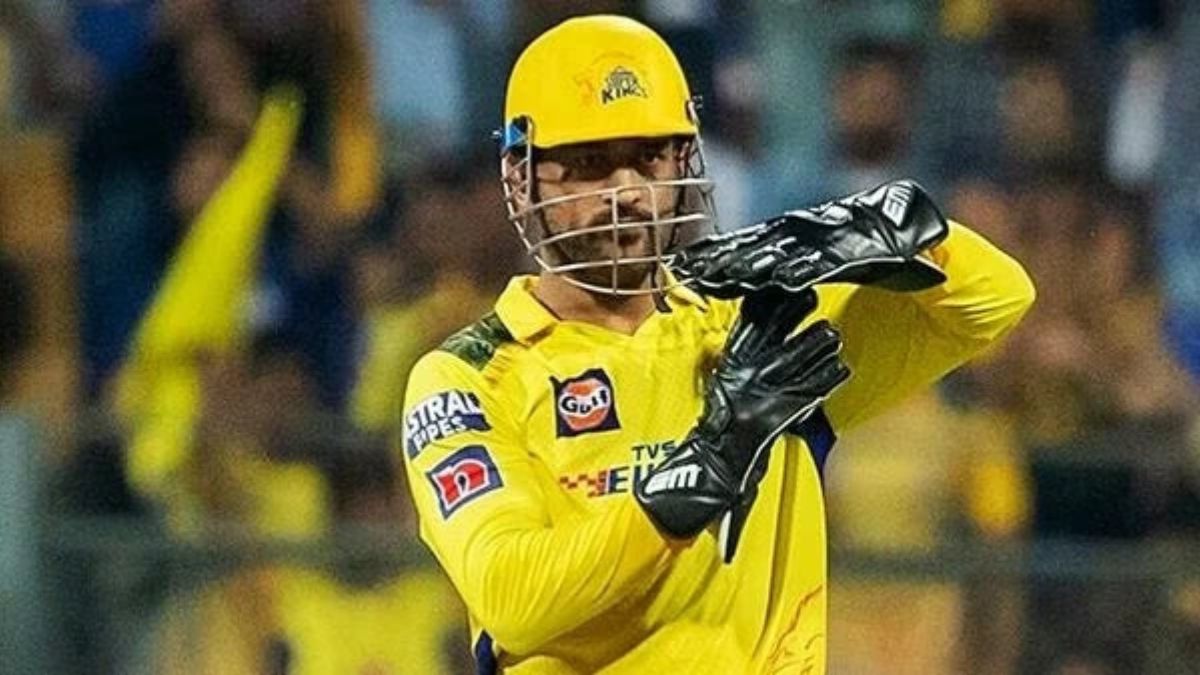Cricket has always been a sport where umpiring decisions can change the course of a match. To minimize human error and bring more accuracy to on-field calls, the Decision Review System (DRS) was introduced in 2008. Today, it is one of the most significant technological integrations in modern cricket, allowing players to challenge the umpire’s decision and ensure fair outcomes.
The basics of DRS
The DRS allows players — batsmen or fielding captains — to request a review of the on-field umpire’s decision. Each team gets a set number of reviews per innings (usually two in Test matches and one in limited-overs cricket, though the rules may vary in certain tournaments).
When a review is taken, the on-field umpire refers the decision to the third umpire, who uses multiple technologies such as Hawk-Eye, UltraEdge, Hot Spot, and ball-tracking software to reassess the situation.
Technologies used in DRS
-
Ball-tracking (Hawk-Eye): Predicts the ball’s trajectory to decide whether it would have hit the stumps in an LBW appeal.
-
UltraEdge (Snickometer): Detects even the faintest edges by combining visuals with sound frequencies, useful for caught-behind decisions.
-
Hot Spot: Uses infrared imaging to show whether the ball has made contact with the bat or pads.
-
Slow-motion replays and stump microphones: Add clarity in close-call situations like catches or run-outs.
The Umpire’s Call factor
One of the most debated aspects of DRS is the “Umpire’s Call”, which comes into play for marginal LBW decisions. If the ball-tracking technology shows only a part of the ball clipping the stumps, the on-field decision stands. This ensures that the umpire’s role is not entirely diminished but has also sparked controversy, as teams sometimes feel robbed by narrow margins.
Impact on cricket
Since its introduction, DRS has significantly improved the accuracy of umpiring decisions, reducing glaring errors and providing teams with a safety net against poor calls. However, it has also sparked debates around consistency, especially with Umpire’s Call and the availability of technology in all venues.
Despite criticisms, DRS has made cricket fairer, added a layer of strategy — with captains needing to use reviews wisely — and enhanced the viewing experience for fans, who can witness cutting-edge technology in action.


